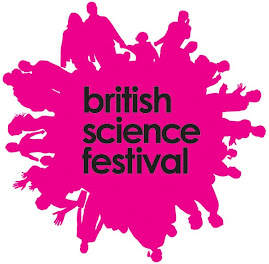Just this afternoon Barry George has been found not guilty of the murder of Jill Dando in a re-trial. Once again, as often happens when I read the news, I was reminded of an event due to take place at the Festival which looks at the role of evidence in a court of law.
One significant difference between Barry George's first trial and his second trial was the admissibility of a key piece of forensic evidence - a single particle of firearms discharge in his coat pocket - which was vital in securing his conviction in his first trial. The particle was a perfect match with others found in the TV presenter's hair. It was, said the Crown, "compelling evidence" of his guilt. At the scene of the crime, forensic scientists also found a single strand of fibre that matched George's trousers.
I wonder how much the original jury understood about the significance (or otherwise of this evidence). I’m sure the nuances of statistics and probability would have passed me by. It would be easy to fall into the so-called 'Prosecutors fallacy' which confuses a small probability of finding the evidence on an innocent person with a small probability of innocence for someone on whom the evidence is found. It seems that while advances in forensic science have undeniably helped in crime detection we still need to be very careful when forensic evidence is presented as concrete fact.
Other talks in this event investigate 2 other aspects of statistics in law enforcement. Firstly how can banks detect potentially fraudulent activity among the millions of transactions they process each day? And secondly some statistical evidence to back up your opinion on the ever controversial speed cameras – life savers or revenue raisers?
Welcome to our blog from the British Science Festival. This year's Festival will be in Surrey from 5-10 September with hundreds events expected to happen at the University of Surrey campus and throughout the county. With workshops, hands-on fun, heated debates, talks, performances and field trips there's something for everyone!
Stay tuned for the latest news and developments from the British Science Festival.
from Yasmin and Natalie (Festival team)
Stay tuned for the latest news and developments from the British Science Festival.
from Yasmin and Natalie (Festival team)
Friday, 1 August 2008
Subscribe to:
Post Comments (Atom)




1 comment:
Nice to see you've joined the festival blogging circuit! We'll post something to direct people over here too...
Post a Comment